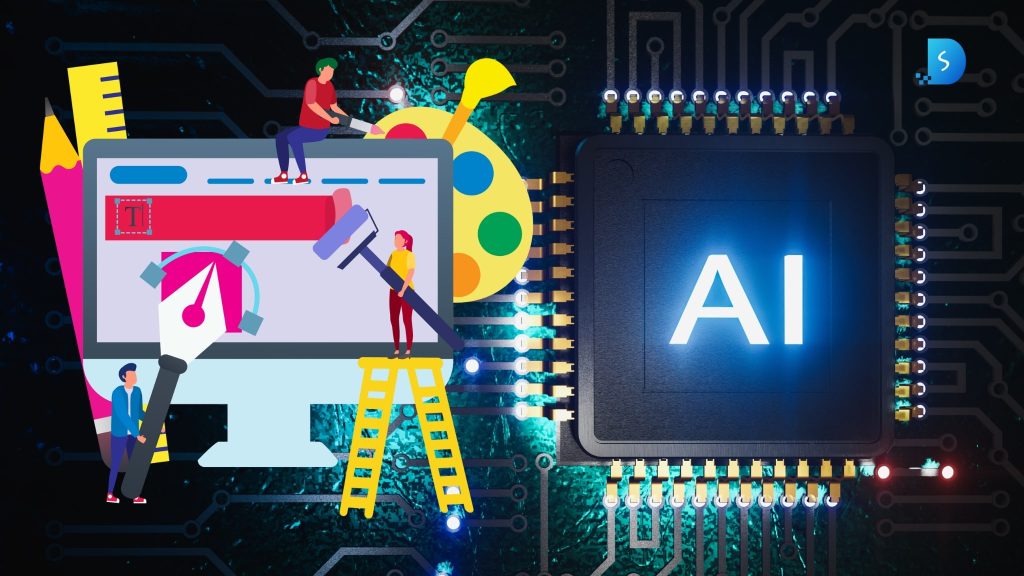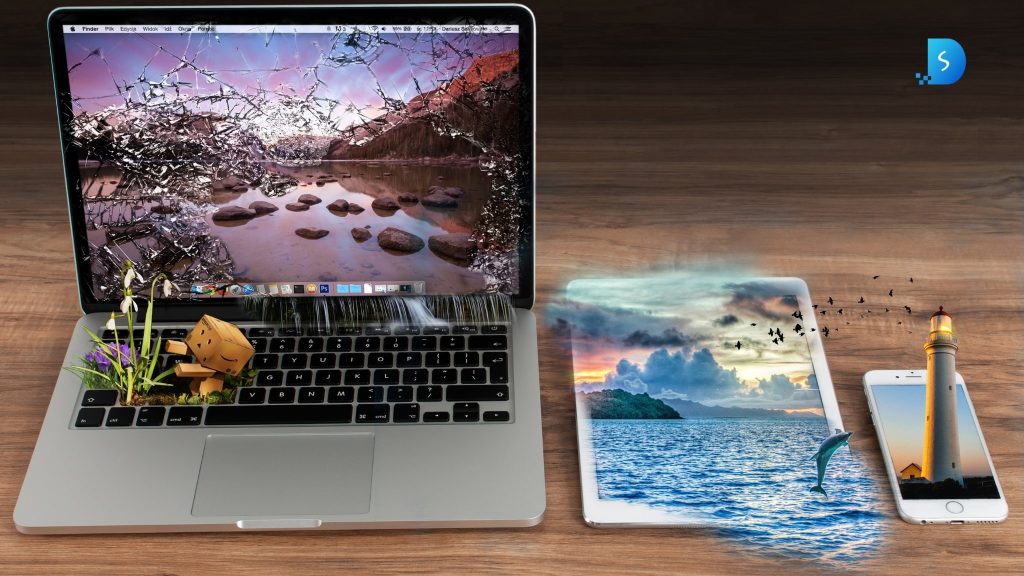The world has witnessed and chosen a remarkable rise in Artificial Intelligence (AI). As AI continues to evolve and vary different new options through this, its integration into visual arts opens new doors for designers whether it’s graphic or any designer, streamlining workflows, and enhancing creativity so fast and easy.
The evolution of AI tools for graphic designers has been remarkable like so. AI was initially used to automate repetitive and time-consuming tasks that can easily be sorted out like image resizing, color matching, and font suggestions without any time management.
However, the field has advanced rapidly this year especially, and today’s AI tools are much more sophisticated and easiest thing for Designers now use AI tools in a variety of ways for their perspective, including:
- Automating repetitive tasks
- Personalizing designs for specific audiences
- Optimizing designs for different platforms and devices
- Improving communication between designers and clients
The role of Artificial intelligence in the evolution of graphics is:
Table of Contents
ToggleAutomated content generation
One of AI’s most promising ways to impact graphic design or any other design in its field is through automated content generation with various patterns. AI-powered tools can analyze vast amounts of data, and time shortages, identify patterns, and understand design principles. By setting specific parameters, you can instruct AI algorithms to create layouts, compositions, and even entire designs.
Enhanced creativity
AI algorithms can serve as valuable collaborators, providing designers and graphic tools with suggestions and ideas they might not have considered which would be somehow well, By analyzing an extensive library of design elements, styles, and trends, AI can offer valuable insights and inspiration, helping designers explore new concepts and push the boundaries of their creativity.
Personalization
Personalization plays a vital role in any design Here, AI can analyze user behavior, preferences, and demographics to create designs tailored specifically to individual users or target audiences with these features through AI.
Imagine a website interface that dynamically adjusts its layout and color scheme based on each visitor’s preferences. By offering solutions that resonate with users on a personal level, your company can forge deeper connections with your audience,
Brand design and analysis
A brand’s visual identity plays an essential role in shaping its perception among consumers in its way. AI can help design brand logos, colors, and visual elements that resonate with the target audience through customers and easily target.
By analyzing user preferences and market trends, it can recommend design and feature choices that align with the brand’s personality and values so smoothly and satisfactorily.
Real-time collaboration
With AI facilitating real-time collaboration, you can work together seamlessly without any issues or problems irrespective of your physical location. AI-powered collaboration tools can simplify communication, streamline workflows, and enable efficient teamwork which can easily be collaborated This enhanced collaboration boosts creativity, and efficiency, and ensures that the ultimate design reflects the combined effort of the team which is so easy as well.
Accessibility and inclusivity
AI can support designers in making their creations more accessible to individuals with disabilities in such an easy way For instance, AI algorithms can analyze color palettes and suggest combinations with sufficient contrast for better readability by your own choices. Additionally, AI can generate alternative text for images and its quality making the content accessible to visually impaired users who rely on screen readers or what you want.
Automation and efficiency
Here one of the most important and main advantages of incorporating AI into designing is its ability to automate repetitive, main perspective, and mundane tasks and its features as well automation. AI algorithms automate everyday tasks by allowing designers to focus on more creative, strong features and strategic aspects of their work.
The ability of AI to automate graphic design is extensive. Examples of time-consuming processes that AI can handle efficiently include:
- Image Editing: AI-powered tools can precisely and quickly perform background removal, retouching, and color correction tasks in the image editing option Designers will no longer have to spend hours on pixel-level adjustment in this..
- Font Matching: Choosing the right font to complement a design is essential but time-consuming as well It’s not what we always want. AI can analyze design elements and recommend font combinations that complement the aesthetic.
- Color Palette Generation: Using color theory principles, AI can generate harmonious color palettes, making choosing the right colors for a design more straightforward which is the best part of a color palette that must be easy as well.
Impact of AI on Graphic Designers
The impact of AI on graphic designers and how they leverage can be seen as a double-edged sword, with both positive and negative aspects whether it is okay or not. Whether AI is useful or flawed depends on how it is used and integrated into the design process or not.
- Increased efficiency: AI automates repetitive tasks, such as image editing, layout optimization, and content generation, allowing you to complete projects faster and more efficiently in a minimal time duration.
- Enhanced creativity: It provides you with inspiration and new design ideas, sparking creativity, and pushing the boundaries of your work that will enhance user creativity and designs.
- Streamlined workflows: AI tools streamline the design process by assisting with tasks like prototyping, data visualization, and brand analysis, making the overall workflow smoother and more organized or what you want to show your graphic designs more attractive
- Consistency and quality: AI ensures consistency in graphic design elements and maintains a high level of quality and overall image across various projects as well as in the best way resulting in a professional and polished output and quality throughout.
- Time and cost savings: By automating certain design tasks as always, you can save time and reduce your costs and budget making work more efficient and cost-effective plus a good result.
AI is rapidly altering how graphic designers work and present or show their work its quality. AI can help designers in their time savings cost savings increase productivity, and create more creative and original work by automating repetitive tasks, perfecting quality images, generating new ideas, and personalizing designs. As AI technology advances, we can anticipate even more innovative and creative ways for designers to use AI to improve their work and image and their portfolios as well.








